What Mathematical Puzzles Do Bitcoin Miners Solve?
If you’ve ever wondered how Bitcoin works, you’ve probably heard about Bitcoin mining. At first glance, it sounds like something straight out of a sci-fi movie: powerful machines solving tough math problems to earn digital money. But what exactly are these mathematical puzzles, and why are they so important?
In this blog, we’ll break down the role of math in Bitcoin mining, explain the puzzle miners solve, and explore why these challenges are essential to the security and fairness of the Bitcoin network.
The Role of Math in the Bitcoin Network

Bitcoin is a type of cryptocurrency, a digital form of money that runs on a decentralized network. Unlike traditional currencies, there’s no bank or central authority in charge. Instead, thousands of computers worldwide—called nodes—work together to keep the system running smoothly. This is where math comes in.
Think of Bitcoin as a giant public notebook shared across the world. Everyone with Bitcoin has a copy, and they all need to agree on what’s written in it. When you send Bitcoin to someone, every notebook must update to reflect your new balance. But who gets to write the next page? That’s where miners and their math puzzles enter the picture.
Miners and the Race to Solve the Puzzle
Bitcoin miners compete to win the right to add a new “block” of transactions to the blockchain. To do this, they must solve a special kind of puzzle, which isn’t a typical math equation but more of a guessing game.
Each block of transactions is bundled with a random number called a nonce. Miners run this information through Bitcoin’s hash function—SHA-256—hoping to find a hash that starts with a certain number of zeros. The first miner to succeed gets to add the block to the chain and earn rewards in Bitcoin.
This process is called proof of work (PoW), and it ensures miners do real computational work to keep the system honest.
The Power of Cryptographic Hashing

The magic behind Bitcoin’s puzzles is cryptographic hashing. A hash function works like a magic blender for information: no matter what you put in, it outputs a fixed-length string of numbers and letters.
-
Consistency: The same input always creates the same output.
-
Unpredictability: Even the smallest change in input completely alters the output.
-
One-way function: It’s impossible to reverse a hash to find the original input.
In Bitcoin mining, miners keep hashing different nonces until they find one that produces a hash with the required number of leading zeros. There’s no shortcut—only trial and error.
Why the Puzzle Must Be Hard

You might ask: why make the puzzle so difficult? The answer lies in security.
If adding blocks were easy, malicious actors could rewrite Bitcoin’s history or double-spend coins. But because solving the puzzle requires enormous computing power and electricity, cheating becomes prohibitively expensive.
The result is a system where everyone must play fair, and no single miner can dominate without controlling more computing power than the rest of the network combined—an almost impossible feat.
Difficulty Adjustment: Bitcoin’s Built-In Thermostat
Bitcoin has a clever way of keeping block creation steady at around 10 minutes per block. Every 2,016 blocks (roughly every two weeks), the network automatically adjusts the puzzle’s difficulty.
-
If miners are solving too quickly, the difficulty increases.
-
If miners are too slow, the difficulty decreases.
This is like adjusting a dartboard: if players hit bullseyes too easily, you make the target smaller; if no one can hit it, you make it bigger.
This difficulty adjustment ensures that Bitcoin remains stable, no matter how much computing power is added to the network.
The Lottery Analogy: Mining as a Game of Chance
At its core, Bitcoin mining is like a lottery. Every miner is guessing numbers at high speed. The more guesses (hashes) per second you can make, the higher your chances of winning. But luck still plays a role—a single small miner could get lucky and win a block before a massive mining farm.
The reward? As of the latest halving, it’s 3.125 Bitcoins plus transaction fees. This lottery-like system keeps mining decentralized and fair.
What Happens When a Miner Wins?

When a miner finally solves the puzzle:
-
Broadcasting: The miner announces the solution to the network.
-
Verification: Other nodes check the solution, which is quick and easy.
-
Block Addition: The block is added to the blockchain.
-
Reward: The miner collects the block reward and fees.
-
New Round: The network moves on to the next block.
If two miners win at the same time, the blockchain may temporarily split (a fork), but eventually, the longest chain wins.
Merkle Trees: Organizing Transactions

Another mathematical tool in Bitcoin is the Merkle tree. Since each block can contain thousands of transactions, Merkle trees compress and summarize the data.
-
Each transaction is hashed.
-
Pairs of hashes are combined and hashed again.
-
This repeats until one final hash, called the Merkle root, remains.
The Merkle root acts as a unique fingerprint for the block. If even one transaction changes, the root changes, making tampering obvious.
Energy, Hash Rate, and Security
Bitcoin’s puzzles aren’t free—they require vast amounts of electricity. The hash rate measures how many guesses miners can make per second. The higher the hash rate, the more secure the network becomes, since it raises the cost of attacks.
This energy consumption has sparked debates. Critics argue it’s wasteful, while supporters see it as the price of securing a decentralized currency.
Conclusion: Math at the Heart of Bitcoin
Bitcoin mining might sound complicated, but at its core, it’s a beautifully designed system where math, energy, and chance come together to keep the network secure.
-
Math ensures fairness through puzzles and hashing.
-
Energy makes cheating expensive.
-
Randomness keeps mining decentralized.
So, the next time you hear about Bitcoin miners solving math problems, remember: they’re not crunching equations for fun—they’re participating in a global lottery powered by cryptography, securing the future of digital money.
References
-
Nakamoto, S. (2008). Bitcoin: A Peer-to-Peer Electronic Cash System. https://bitcoin.org/bitcoin.pdf
-
Investopedia. What Is Bitcoin Mining? https://www.investopedia.com/terms/b/bitcoin-mining.asp
-
Bitcoin Wiki. Proof of Work. https://en.bitcoin.it/wiki/Proof_of_work
-
Bitcoin Wiki. Difficulty. https://en.bitcoin.it/wiki/Difficulty
-
International Energy Agency. Bitcoin Energy Consumption. https://www.iea.org
-
Antonopoulos, A. (2017). Mastering Bitcoin. O’Reilly Media

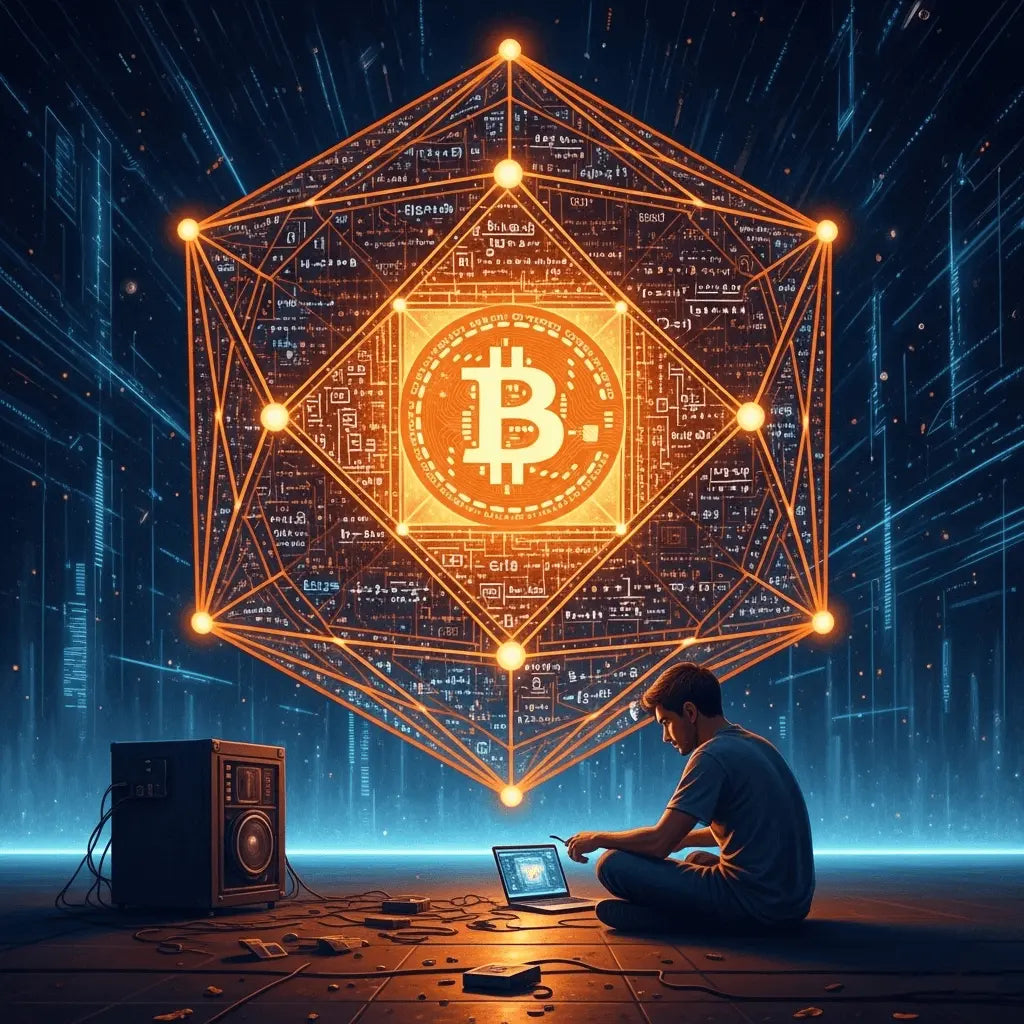


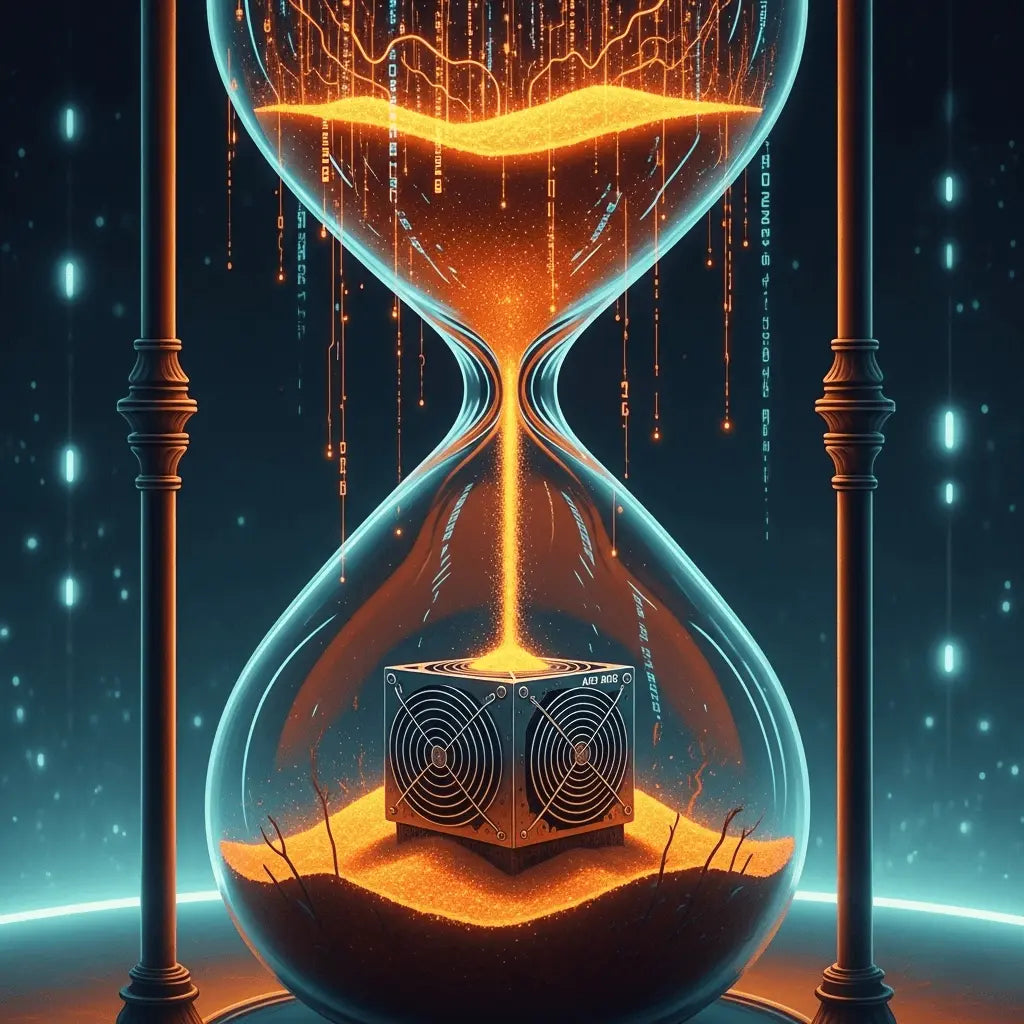
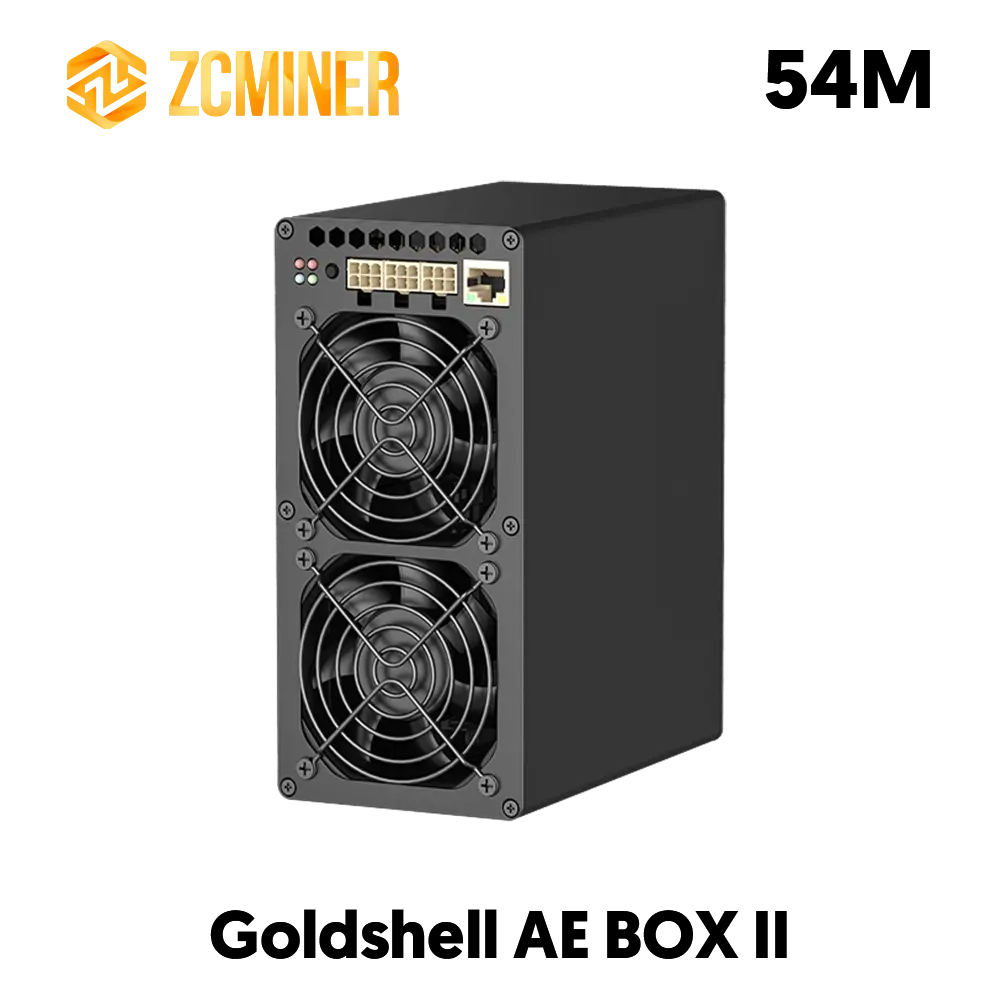
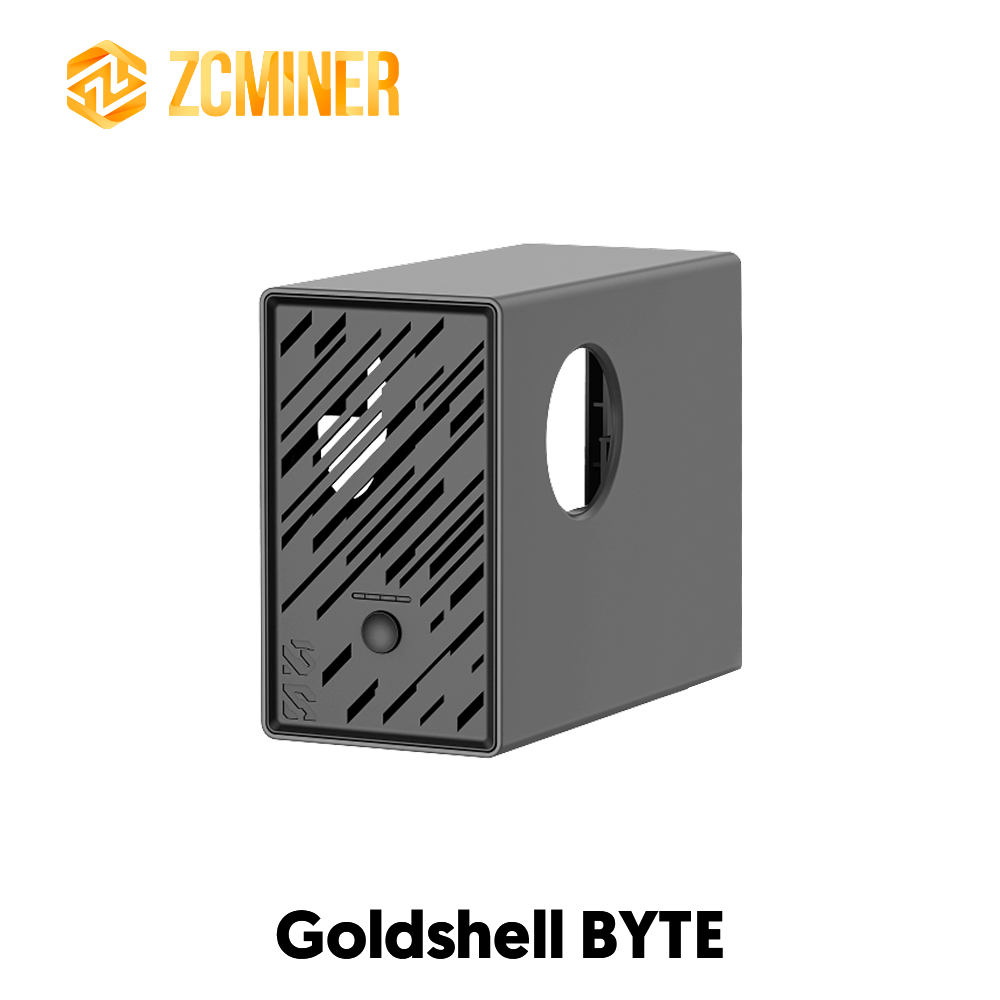
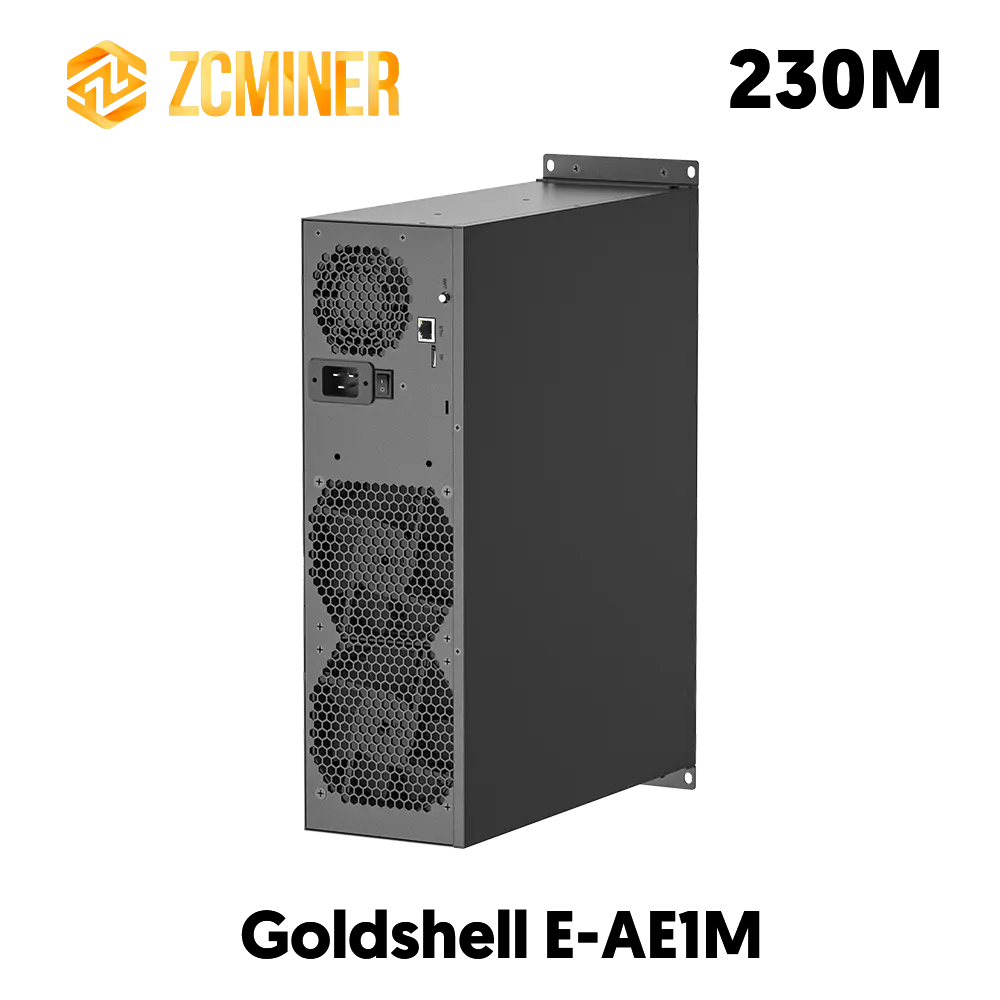
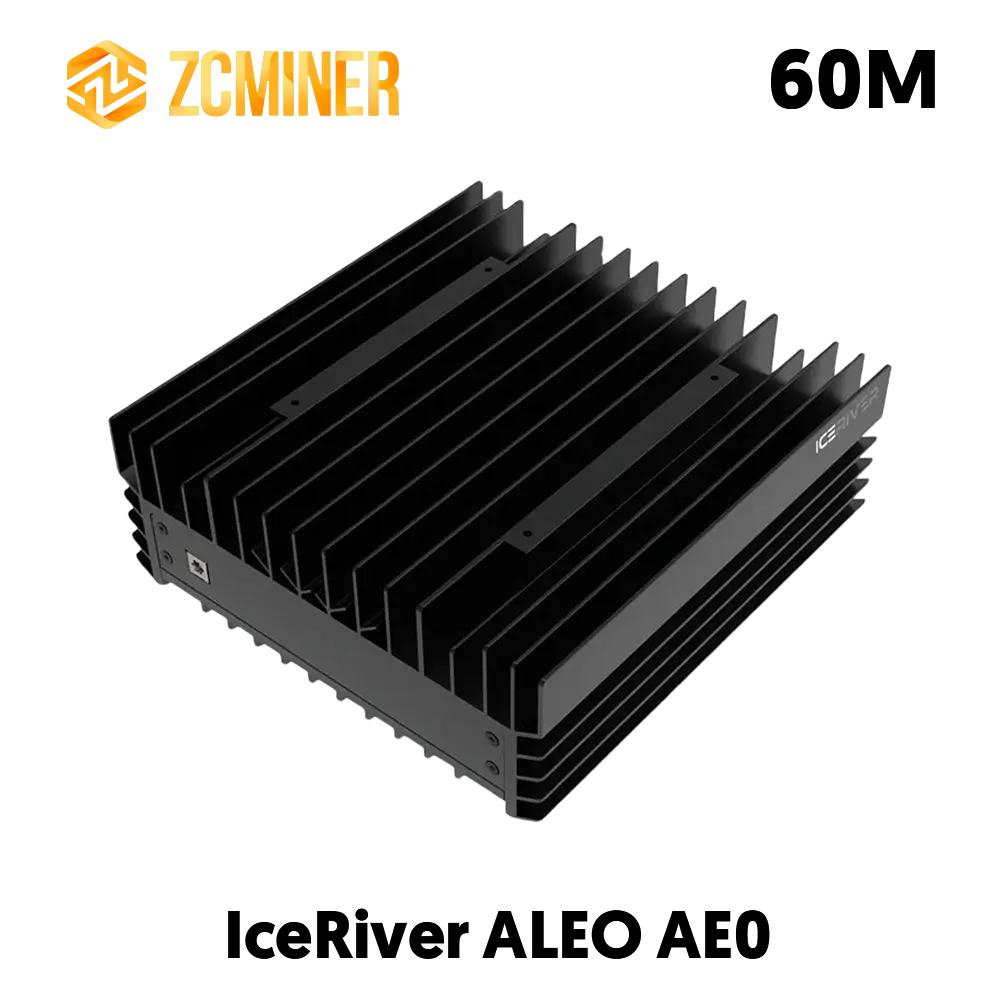


Leave a comment
This site is protected by hCaptcha and the hCaptcha Privacy Policy and Terms of Service apply.